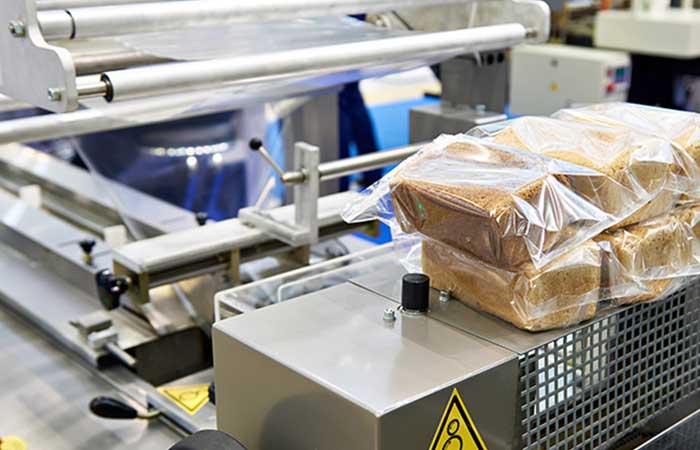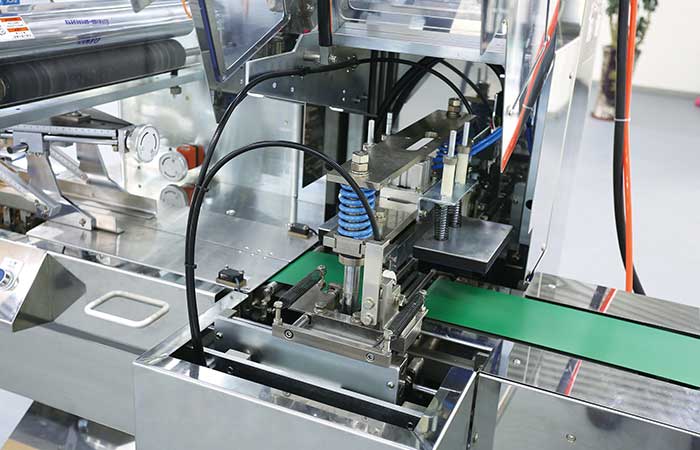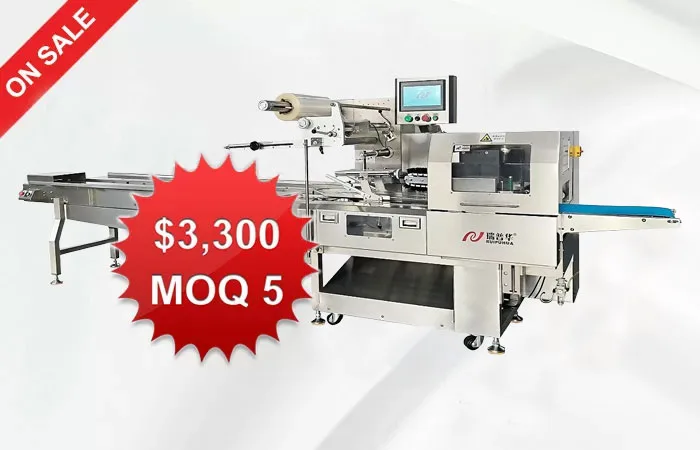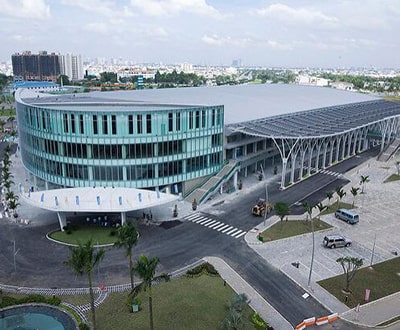Robotic Palletizing: Revolutionizing Warehousing Efficiency
The Future of Warehousing: Robotic Palletizing
In today’s fast-paced world, warehouse operations are constantly evolving to meet increasing demands for efficiency and productivity. One of the most noteworthy advancements in this field is the integration of robotic palletizing systems. This transformative technology is reshaping the way goods are stored, organized, and shipped, offering a myriad of benefits to businesses across industries.
The Rise of Robotic Palletizing
With the global shift towards automation, robotic palletizing has emerged as a game-changer in warehouse management. These sophisticated robots are designed to streamline palletizing processes, reducing manual labor, and optimizing workflow efficiency. Let’s delve deeper into the key features and advantages of robotic palletizing:
Increased Productivity and Efficiency
Robotic palletizing systems are capable of handling a diverse range of products with precision and speed. By automating the palletizing process, businesses can significantly increase their output and throughput, leading to enhanced productivity levels.
Enhanced Safety Standards
Traditional palletizing methods often involve repetitive tasks that can result in workplace injuries. Robotic palletizing systems eliminate the need for manual labor, thereby reducing the risk of employee injuries and creating a safer working environment.
Optimized Space Utilization
Robotic palletizers are designed to maximize warehouse space by creating compact and secure pallet configurations. This intelligent utilization of space not only enhances storage capacity but also facilitates organized inventory management.
The Implementation Process
Integrating robotic palletizing systems into existing warehouse operations requires careful planning and coordination. Here are the key steps involved in the implementation process:
Assessment and Planning
Prior to installing a robotic palletizing system, a thorough assessment of warehouse layout, product specifications, and workflow dynamics is essential. This step helps in determining the most suitable robotic solution for the specific operational requirements.
Installation and Training
Once the system is selected, installation and configuration are carried out by trained technicians. Subsequent training sessions are conducted to familiarize warehouse staff with operating procedures and safety protocols associated with the robotic palletizing system.
Integration with Existing Systems
Seamless integration of robotic palletizing systems with existing warehouse management software is crucial for smooth operation. Compatibility testing and system synchronization ensure that the robotic system functions harmoniously within the warehouse ecosystem.
Unlocking the Potential of Robotic Palletizing
The adoption of robotic palletizing technology represents a significant leap forward in warehouse automation. By harnessing the power of these intelligent machines, businesses can achieve heightened efficiency, improved safety standards, and optimized warehouse management.
Embrace the future of warehousing with robotic palletizing and revolutionize the way you handle inventory and shipments!
-
 01
01Further Discussion About Protein Bar Packing Machinery
27-02-2024 -
 02
02Sustain The Best Crispy With Automatic Packaging Machines
29-01-2024 -
 03
03Bread Packing Machine For Bakery Business
19-01-2024 -
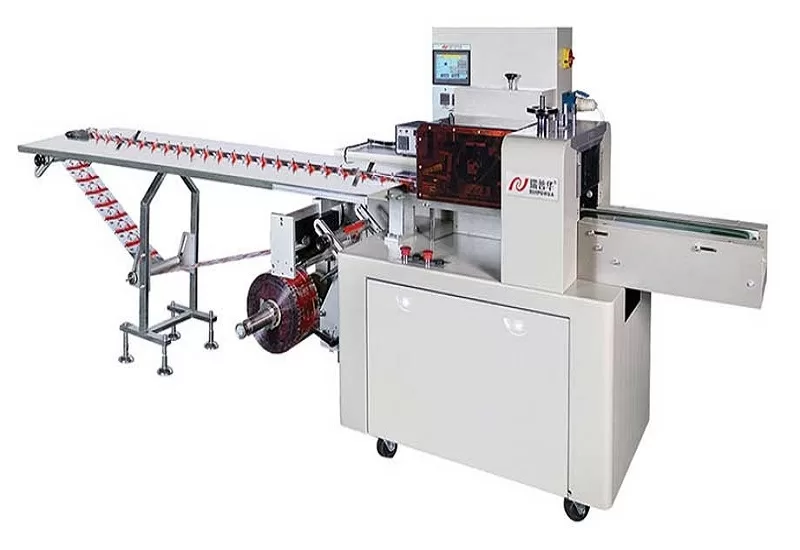 04
04How Flow Wrappers Are Adapting to Changing Trends
01-11-2023 -
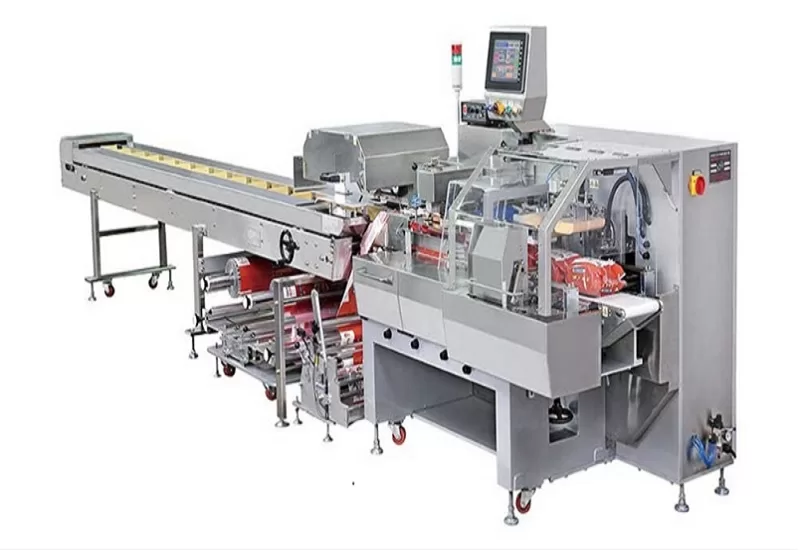 05
05The Comprehensive Guide to Packaging Machinery
31-10-2023 -
 06
06Automatic Cookie Packaging System Performance
01-09-2023 -
 07
07Streamlining Biscuit Packaging with Multipack Biscuit Packaging Machines
25-08-2023 -
 08
08From Assembly To Shipping: The Energy Bar Packaging Machine Does All
28-02-2023 -
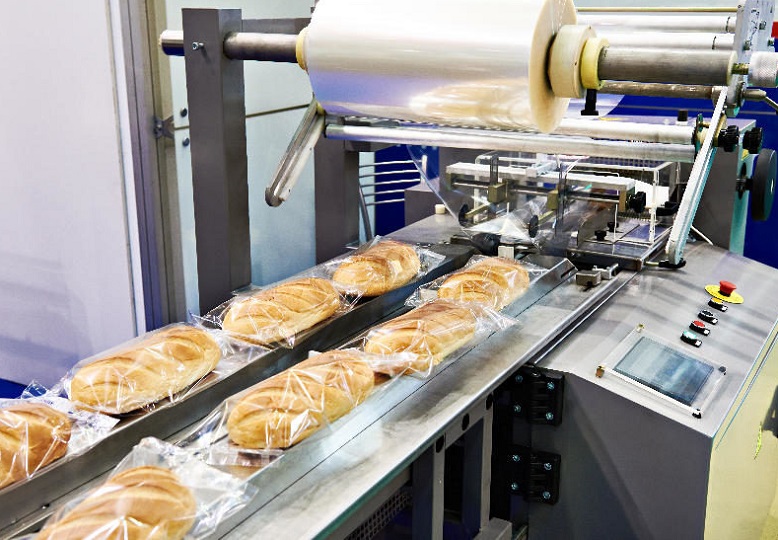 09
09Maximizing Efficiency With Food Packaging Machine Technology
22-02-2023 -
 10
10Clients Hunt For Professional And Functional Packaging Machine
10-11-2022



